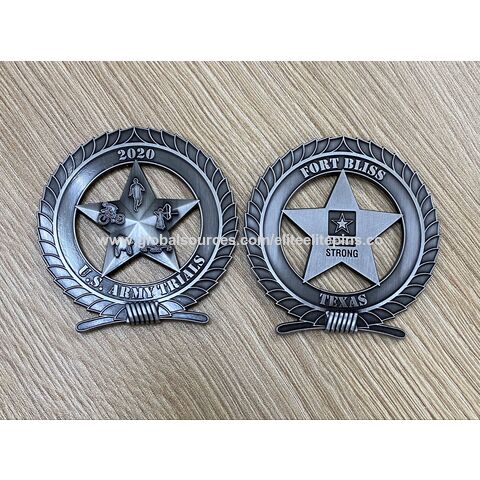

Normal English/British engraving on flat surfaces seems to have been exclusively push engraving, with chasing or carving reserved for low relief carving.


This understanding begins with the different ways of cutting the pattern in the steel surface – in the period when the originals were being made there were several possible techniques – push engraving using small gravers held in the hand and pushed by the power of the wrist and arm to cut out the metal, chasing using similar tools but tapping the graver with a small hammer to produce a somewhat similar effect to push engraving, carving or chasing using somewhat heavier chisels to shape the metal into relief carving, and etching using acid to cut into the areas of the metal that had not been masked. If you want to understand British antique gun engraving, or indeed to be able to reproduce it, or to recognise the genuine from indifferent fakes you will need to learn what makes it different from other possible ways of making images and patterns in the surface of steel parts with hand tools.

It is clear from looking at work from different sources on the continent of Europe and from America that other styles were practiced and could produce a completely different feel, either from using a different technique or a different approach or both. The materials and tools and the work environment must also have had a major influence. In ‘English’ I include Welsh, Scottish and Irish – I’ve used English because that is what the style is universally called! I guess the unifiormity of style was the result of many factors, not the least being a tradition carried forward by the long, 7 year, apprenticeships and 3 years of journeyman work that preceded a craftsman setting up on his own – I know of no women engravers of that period although there are several excellent ones now. The engraving of antique English guns in the second half of the 18th and first half of the 19th century had a particular overall style and feel that was independent of any particular graphic that was used.


 0 kommentar(er)
0 kommentar(er)
